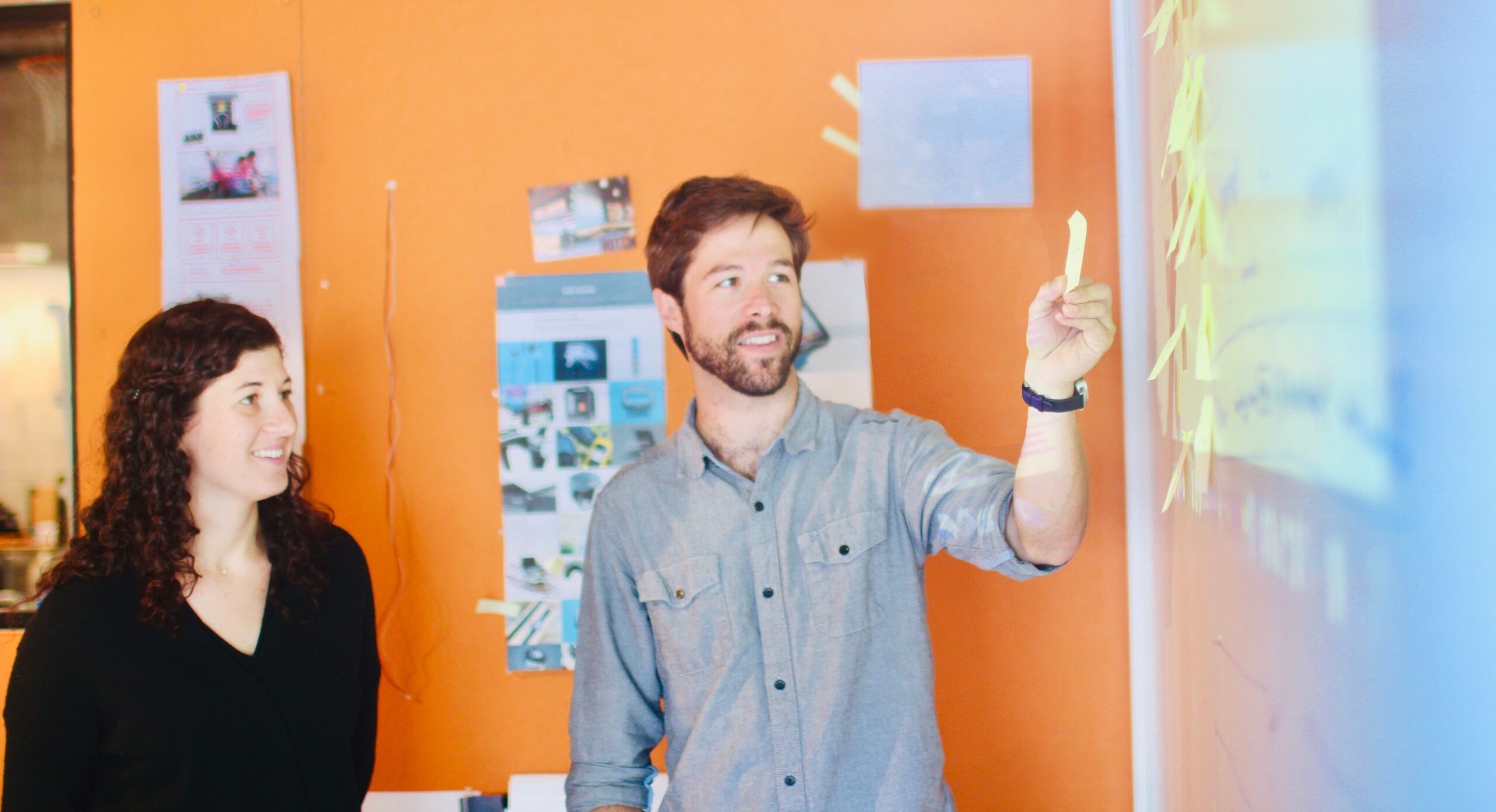In the globalized world, competitiveness and market complexity demand innovative approaches for problem-solving and creating valuable products for companies and organizations. In this context, creative “out-of the box” thinking methods, such as LEGO® Serious Play® and Design Thinking, are gaining popularity. Both methods focus on supporting creativity and engagement among participants, but they differ in their approach and objectives. In this article, we will analyze the key differences between LEGO Serious Play and Design Thinking.
LEGO Serious Play – visual and interactive expression of thoughts
LSP is a method that utilizes LEGO® bricks as a tool for visualizing thoughts, ideas, and problems. Participants in the sessions use “hand knowledge” and create models with LEGO bricks that represent their ideas, goals, values, or even emotions. This interactive form allows for the expression of thoughts in a three-dimensional way, enabling a deeper understanding of abstract concepts.
Key features of LEGO Serious Play method:
- Interactivity. Participants actively engage in building models, leading to a better understanding of themselves and others.
- Translating thoughts into models. LEGO bricks serve as a means of representing ideas and abstract concepts.
- Symbolic significance. LEGO constructions are used as symbols that visualize various elements of participants’ thoughts and emotions.
Design Thinking – iterative problem-solving with focus on user
Design Thinking (DT) is a design approach that emphasizes understanding the needs and problems of users, followed by iterative testing and development. It is a process based on empathy, starting with a profound understanding of the problem and context, then leading to idea generation, prototyping, and testing. The main goal of Design Thinking is to create products and services that meet real user needs and expectations.
Key features of Design Thinking:
- Empathy. Focusing on empathy allows for understanding the perspectives and needs of users.
- Iterativeness. The Design Thinking process is iterative, meaning that ideas and solutions are tested and then developed based on received feedback.
- Prototyping. Creating prototypes allows for a quick understanding of how users react to a particular solution.
LEGO Serious Play vs. Design Thinking – comparison
- Objective: LEGO Serious Play method focuses on visualizing thoughts and creatively expressing ideas using LEGO bricks. Design Thinking centers on solving user problems through an iterative design process.
- Tools: LSP utilizes LEGO bricks as the main tool for expressing thoughts, while DT employs various techniques like empathy mapping, brainstorming, or prototyping.
- Usage: LEGO Serious Play has found applications mainly in business, education, and coaching. Design Thinking is widely used in product and service design and development, as well as solving diverse problems across various fields.
LEGO Serious Play and Design Thinking are two distinct yet equally innovative methods of creative thinking. LSP emphasizes interactive expression of thoughts and visualization of ideas using LEGO bricks, while DT focuses on empathetic problem-solving for users through an iterative design process. Both approaches have their unique applications and bring significant benefits, supporting business development, education, and innovation.


